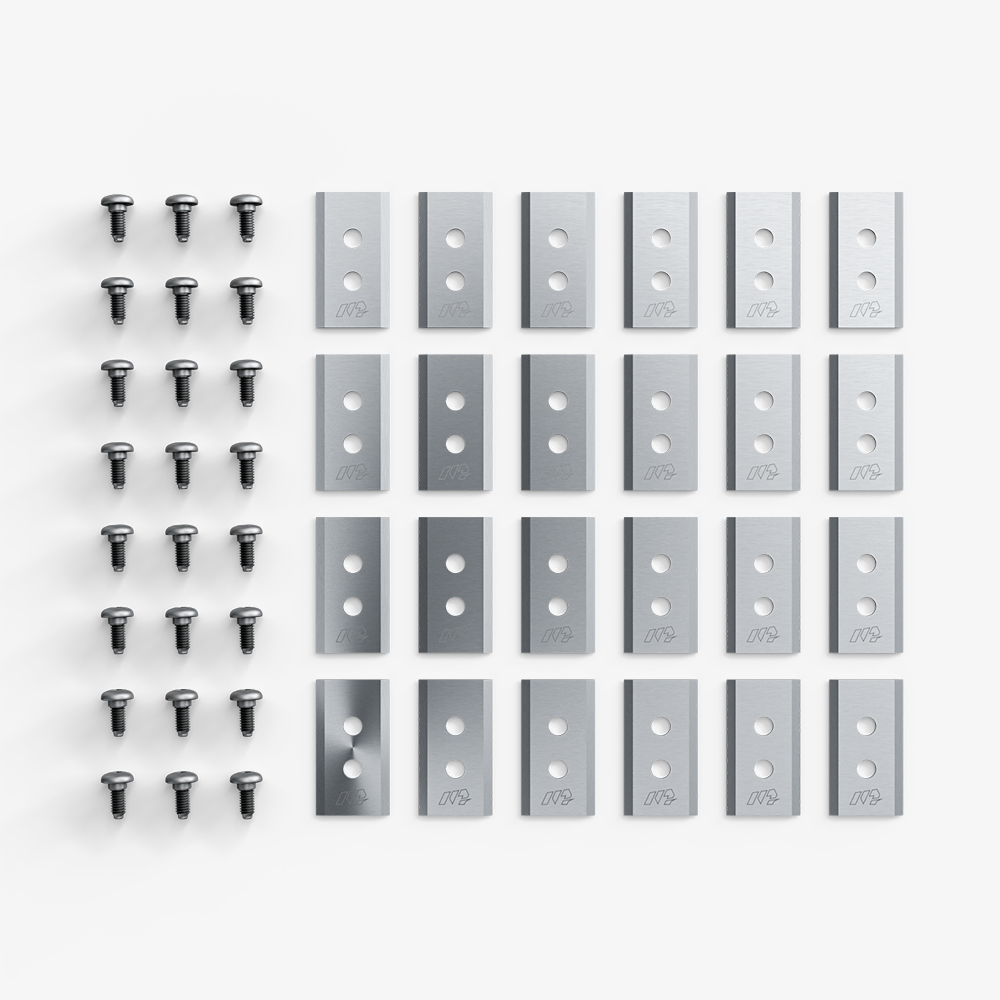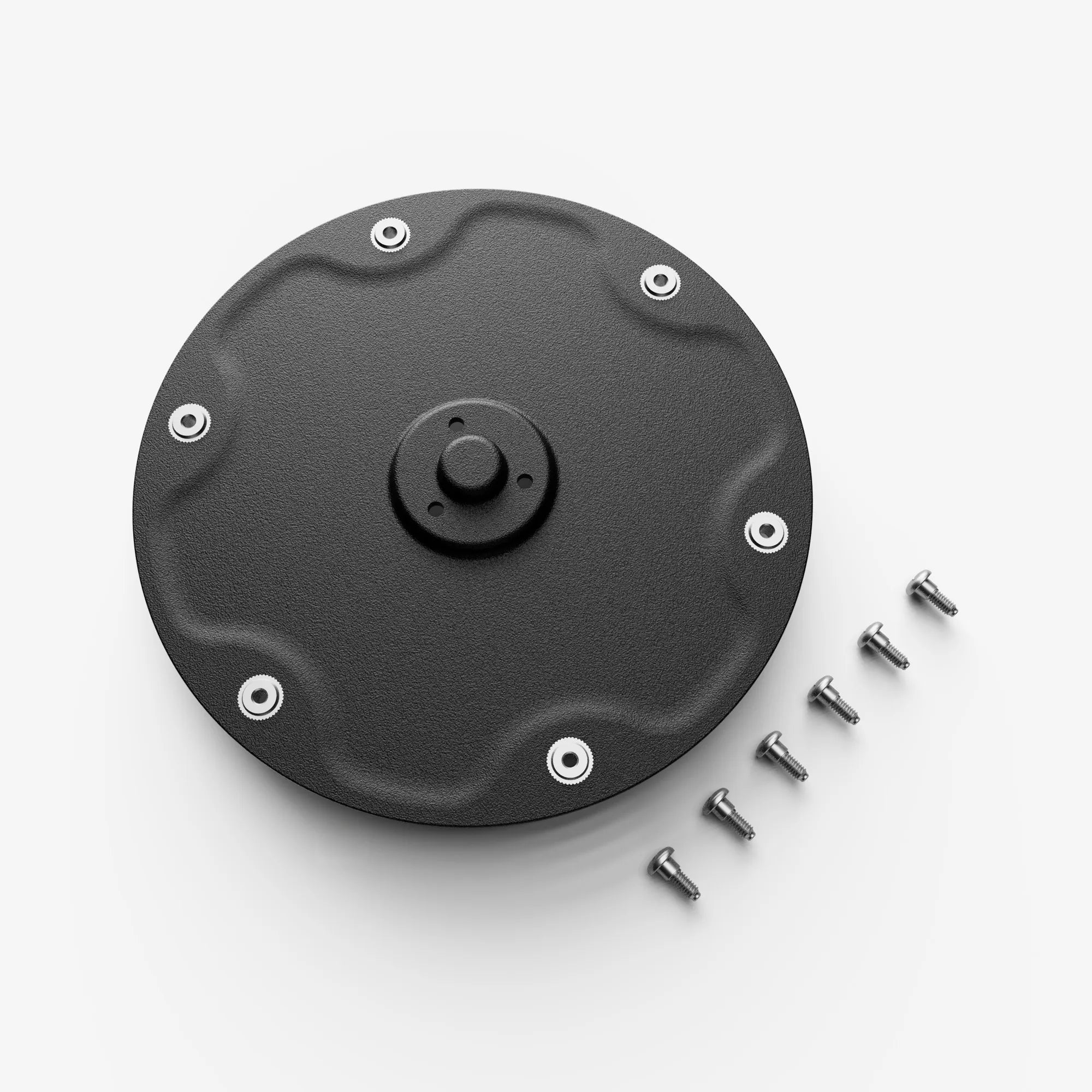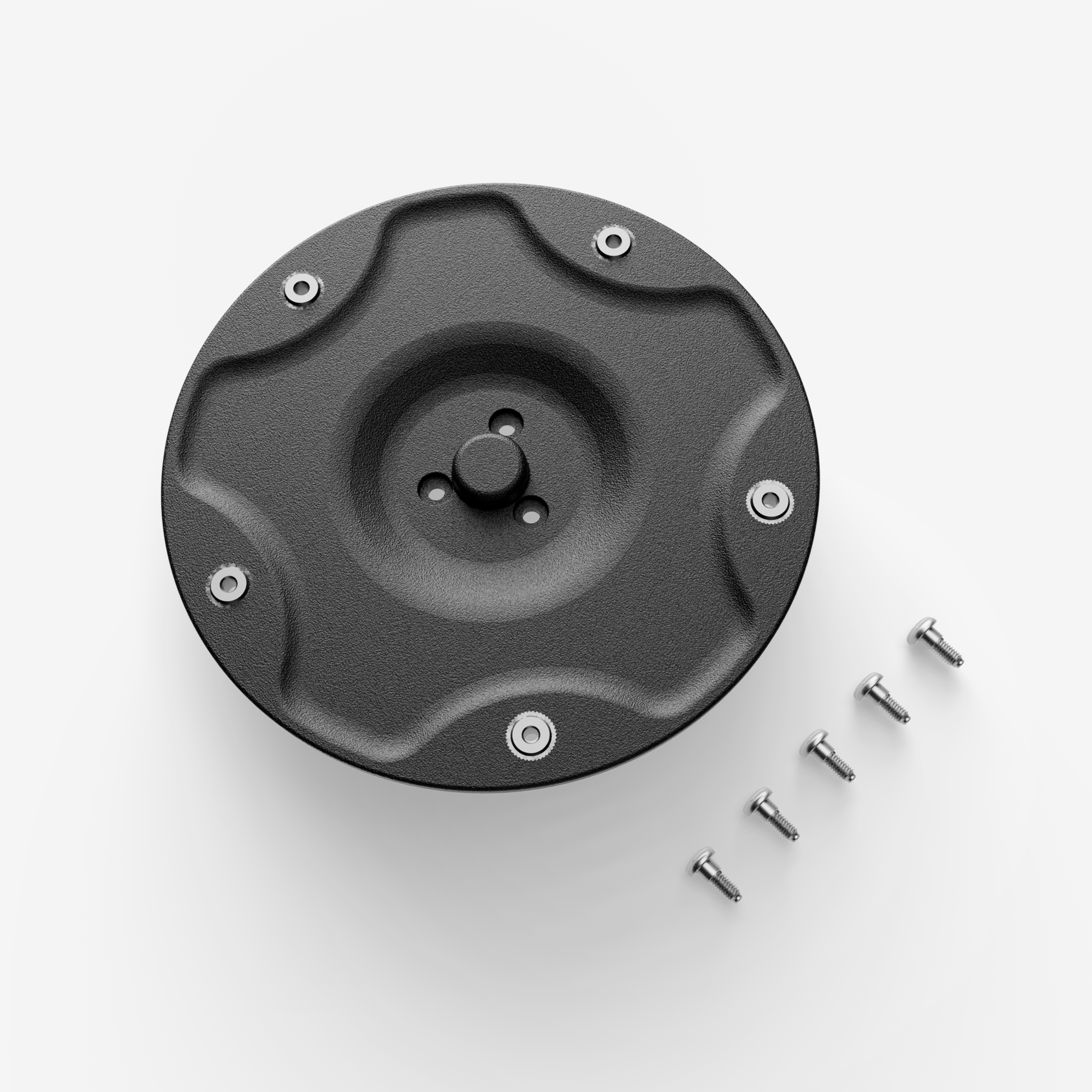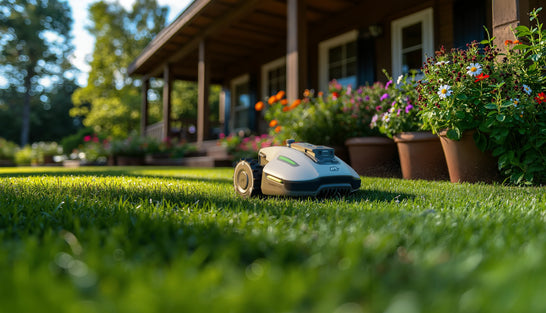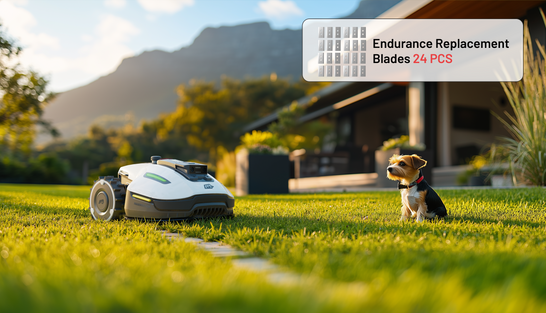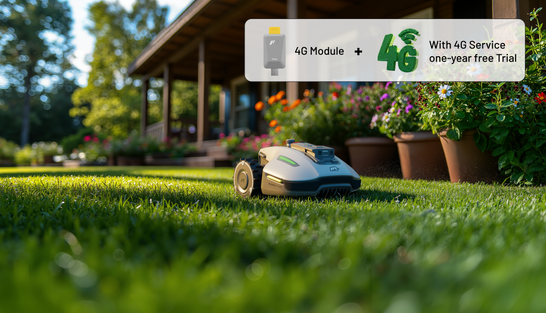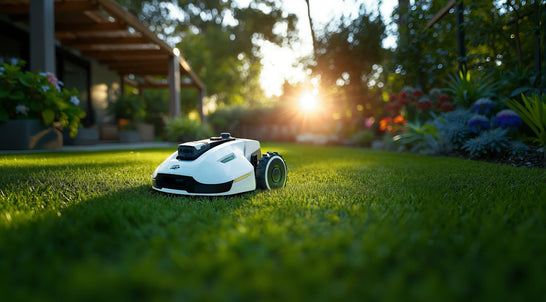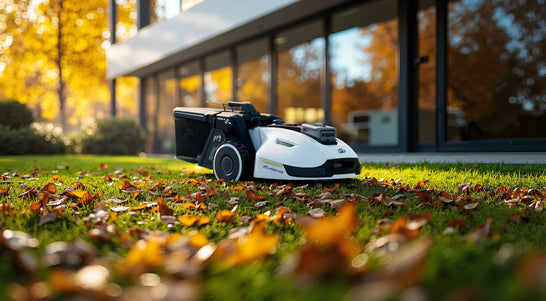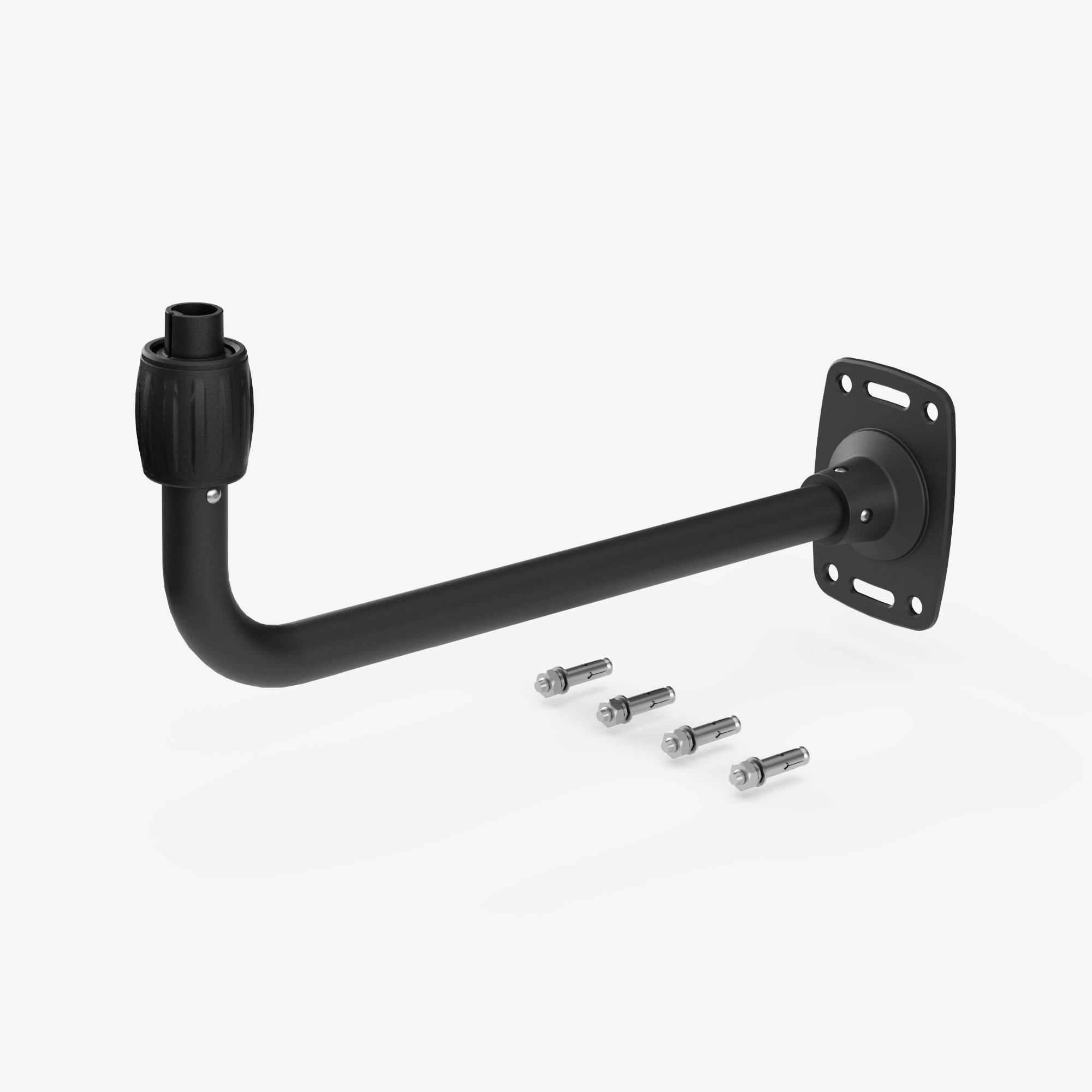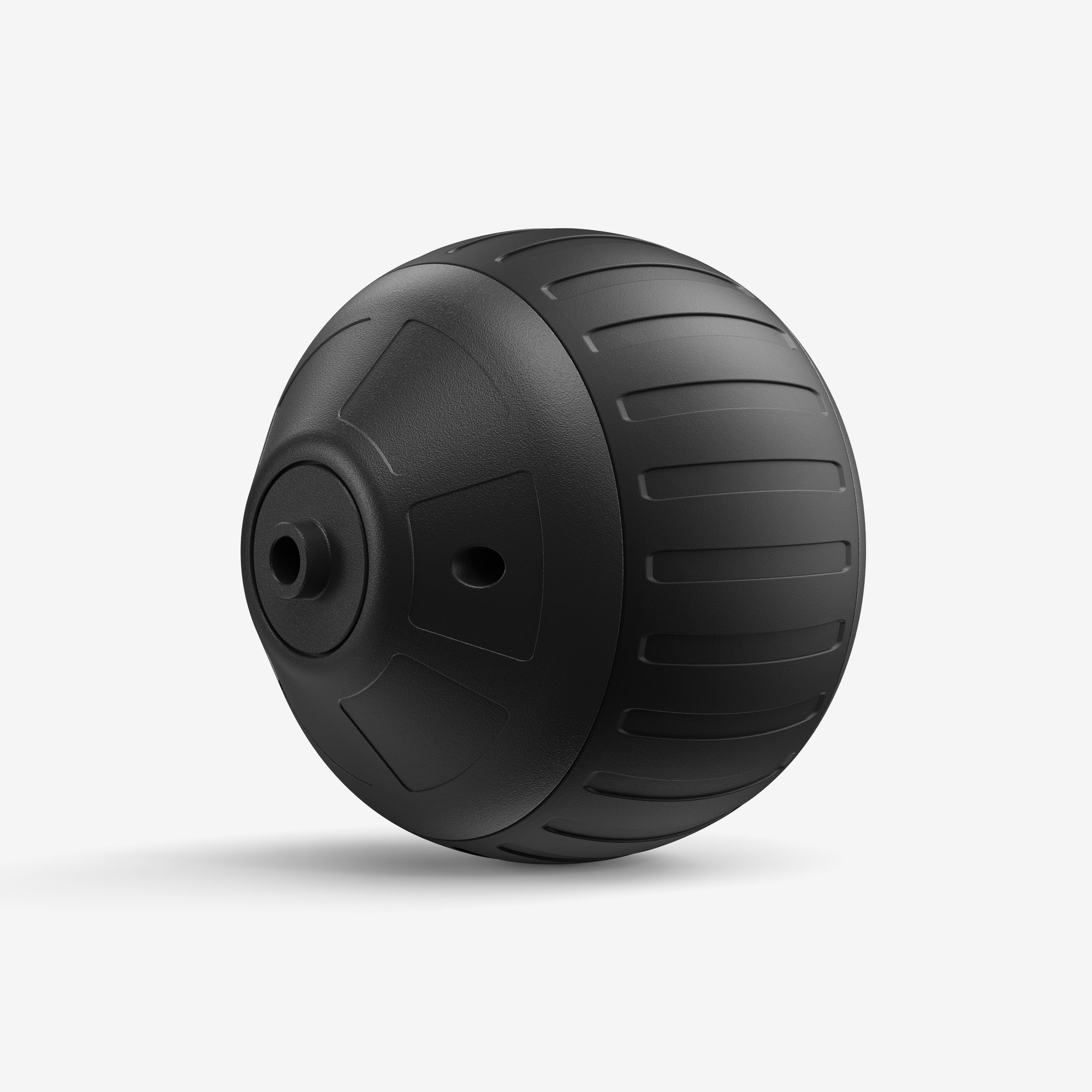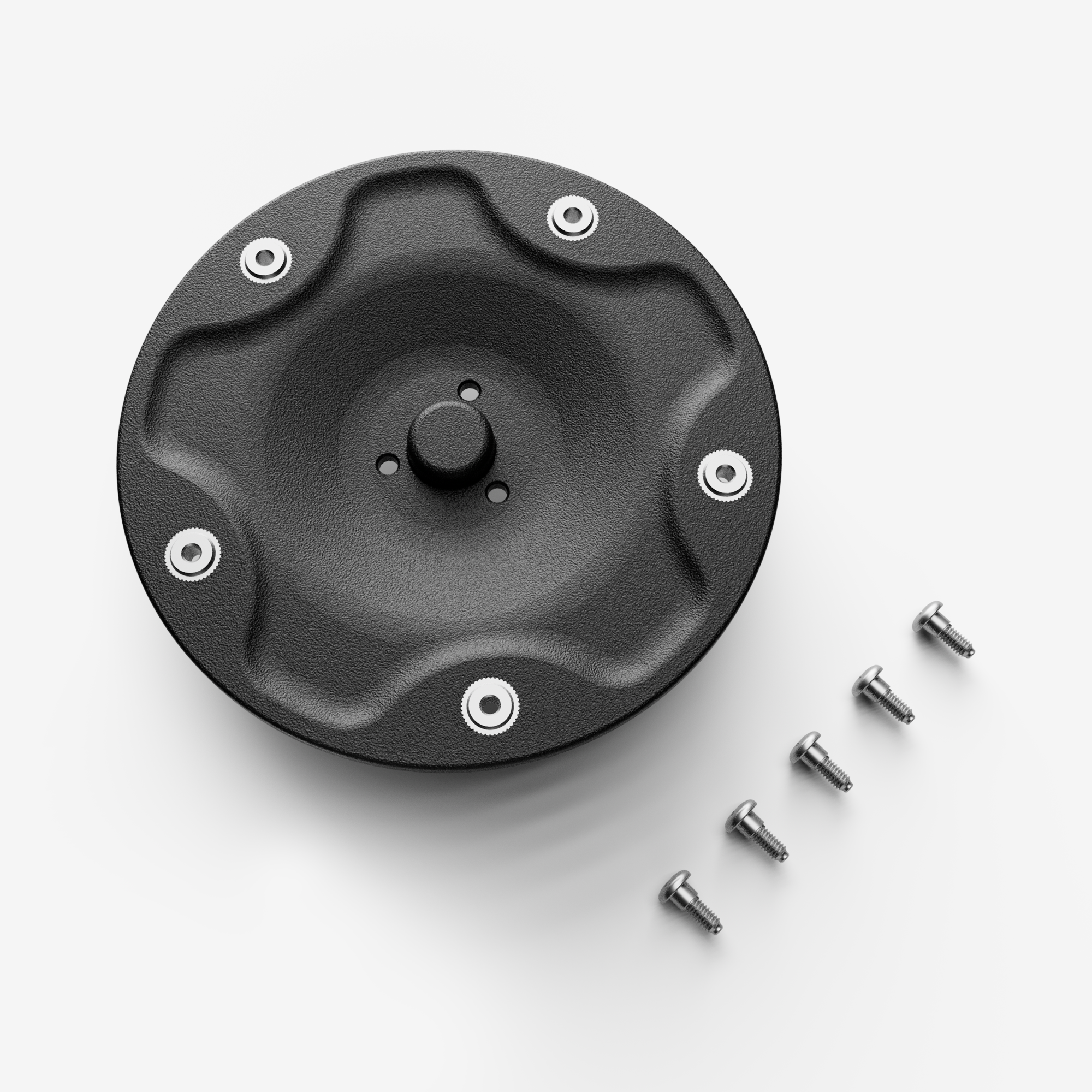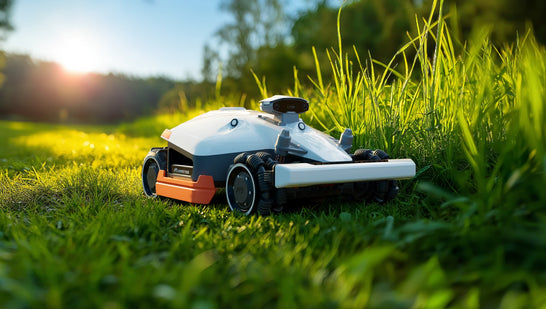Maintaining a healthy and vibrant lawn starts with understanding one key factor: how often to mow your lawn. Mowing frequency isn’t just about keeping your yard looking neat—it’s a crucial part of ensuring strong roots, lush growth, and natural weed prevention. Whether you’re a homeowner or a lawn care enthusiast, knowing the best schedule to mow can save you time and effort while improving your lawn’s overall health.
This guide dives into everything you need to know about how often to mow a lawn, including tips tailored for different grass types, seasons, and climates. We'll also explore practical advice for handling specific challenges, like how often to mow lawn in summer when heat and growth rates vary. With the right approach, you can enjoy a greener, healthier yard all year round.
Why Lawn Mowing Frequency Matters
When it comes to maintaining a beautiful, healthy lawn, mowing frequency is a key element. It’s not just about trimming the grass to a desirable height; the way and how often you mow impacts your lawn’s overall health, growth, and appearance.
Promoting Healthy Growth
Mowing your lawn on a regular schedule helps to keep the grass growing vigorously. When you mow frequently, it encourages the grass to grow thicker, which creates a lush and dense turf. This dense grass is better equipped to choke out weeds, reduce soil erosion, and hold in moisture, making it more resilient to pests and disease. Additionally, regular mowing stimulates the growth of new grass blades from the base, resulting in a stronger lawn over time.
Preventing Stress and Damage
On the other hand, neglecting your mowing schedule or cutting too much of the grass at once can cause stress to the lawn. Cutting more than one-third of the grass blade height in a single mow weakens the grass and inhibits root growth. This can lead to a range of problems, from brown patches and slow recovery to increased vulnerability to weeds and diseases. Overgrown lawns may also trap moisture, making them prone to fungal growth and other issues.
How Mowing Affects Weed Control
Regular mowing plays a significant role in preventing weed growth. By cutting your grass frequently, you ensure that weed seeds don’t have the opportunity to germinate. Dense turf shades the soil, making it difficult for weeds to take root and establish themselves. Mowing more often, especially in the growing season, can help maintain this natural weed control system and keep your lawn free from unwanted plants.
Key Factors That Determine Mowing Frequency
The ideal schedule for mowing your lawn depends on several factors, including the type of grass, the season, and environmental conditions like rainfall and temperature. Understanding these elements will help you tailor a mowing routine that keeps your lawn in its best shape.
Grass Type
Different grass types have unique growth patterns and height preferences. Knowing the specific needs of your lawn’s grass type is crucial for determining how often to mow.
Cool-Season Grasses: These include Fescue, Bluegrass, and Ryegrass, which thrive during the spring and fall. These grasses typically require mowing every 7–10 days during their active growth periods, as their growth slows in summer.
Warm-Season Grasses: Bermuda, St. Augustine, Zoysia, and Buffalo grasses grow best during the heat of summer and require mowing every 5–7 days when growing actively. However, during cooler months, they often go dormant, significantly reducing the need for mowing.
Shade Grasses: Grasses growing in shaded areas often grow more slowly. These should be mowed less frequently but kept at a slightly higher height to allow for better sunlight absorption.
Seasonal Adjustments
Your lawn’s mowing frequency changes with the seasons due to variations in temperature, sunlight, and rainfall.
Spring: This is the most active growth season for many grass types. Mow your lawn every 7–10 days to keep up with the rapid growth.
Summer: In the heat of summer, grass growth can slow down, especially for cool-season grasses. Mow every 10–14 days and raise the mowing height to protect the grass from heat stress. For warm-season grasses, maintain a 7–10 day schedule, depending on rainfall and growth.
Fall: Like spring, fall is another peak growth period for cool-season grasses. Resume mowing every 7–10 days until the grass begins to go dormant.
Winter: In most regions, grass grows very little or goes completely dormant in winter. Mowing may not be necessary or might only be required every 3–6 weeks in warmer climates.
Environmental Factors
External conditions such as rainfall, soil health, and fertilization schedules can also influence how often you need to mow.
Rainfall: More rain means faster grass growth, especially during the growing season. After heavy rains, monitor the growth and mow accordingly.
Fertilization: Fertilized lawns grow faster and may require more frequent mowing. Wait at least 1–2 days after fertilizing before mowing to allow nutrients to absorb into the soil.
Drought: During dry periods, grass growth slows, and mowing should be reduced to avoid stressing the lawn.
By considering grass type, seasonal patterns, and environmental factors, you can determine the optimal mowing frequency for your lawn and maintain a healthier, greener yard all year long.
Best Practices for Mowing Your Lawn
Mowing isn’t just about frequency—it’s also about how you mow. Following these best practices will help you avoid common mistakes and keep your lawn looking its best.
Follow the One-Third Rule
One of the most important rules for lawn mowing is to never remove more than one-third of the grass blade height in a single mow. This rule ensures that the grass remains healthy by preserving its ability to photosynthesize and develop strong roots. Cutting too much at once can shock the grass, leading to brown patches and weak growth.
For example:
If your lawn’s ideal height is 3 inches, mow it when it reaches 4.5 inches.
If you need to reduce the height significantly, do it gradually over several mowing sessions.
Keep Your Blades Sharp
Sharp mower blades make clean cuts, while dull blades tear the grass, leaving jagged edges that are more prone to disease and dehydration. It’s recommended to sharpen your mower blades 2–3 times per mowing season, especially if you mow frequently.
Adjust Mowing Height Based on the Season
Changing the mowing height throughout the year can help your lawn withstand seasonal stresses.
Spring and Fall: Use a moderate height to promote growth and prevent weeds.
Summer: Raise the mowing height by 1/2 to 1 inch to shade the soil and retain moisture during hot weather.
Winter: If mowing is necessary, keep the grass slightly taller to protect the lawn from cold damage.
Mow When Grass is Dry
Mowing a wet lawn can damage both your grass and your mower. Wet grass clumps together, causing uneven cuts and potential clogging in the mower. Always wait until the grass is dry to ensure a smoother mowing experience and prevent soil compaction.
Vary Your Mowing Pattern
Avoid mowing in the same direction every time. Changing your mowing pattern reduces soil compaction, prevents grass from leaning in one direction, and ensures a more uniform cut. This practice also minimizes wear and tear on your lawn, keeping it healthy and visually appealing.
Manage Grass Clippings
Leaving grass clippings on the lawn can act as a natural fertilizer, returning valuable nutrients like nitrogen to the soil. However, ensure that the clippings are short and evenly distributed to avoid smothering the grass beneath. If clippings are too long, consider composting them instead.
Benefits of Frequent Mowing
Regular lawn mowing is more than just a chore; it’s an essential practice that yields several benefits for your lawn’s health and appearance. Here’s why sticking to a frequent mowing schedule is worth the effort.
Healthier and Denser Turf
Frequent mowing encourages grass to grow thicker and denser. By trimming the tips regularly, you stimulate the grass to produce new shoots and fill in bare spots, creating a carpet-like effect. Dense turf is not only aesthetically pleasing but also serves as a natural defense mechanism against weeds. With fewer gaps in the lawn, weed seeds have less opportunity to take root and grow.
Natural Fertilization
When done properly, mowing can help fertilize your lawn naturally. Leaving short clippings on the grass allows them to decompose quickly, returning essential nutrients like nitrogen, potassium, and phosphorus to the soil. These nutrients promote healthier growth without the need for additional fertilizers. To maximize this benefit, ensure that the clippings are short and evenly distributed, as long piles can smother the grass beneath.
Improved Resilience
Regular mowing at the proper height ensures that your lawn develops deep roots and strong blades. This makes your grass more resilient to environmental stresses such as drought, heat, and heavy foot traffic. A well-maintained lawn is better equipped to recover from seasonal changes and occasional neglect, ensuring it remains green and lush year-round.
Final Thoughts
Mowing frequency is a critical component of effective lawn care, influenced by grass type, seasonal changes, and environmental factors. By adhering to the one-third rule and adjusting your mowing routine based on your lawn’s needs, you can create a healthier, more vibrant yard.
Don’t underestimate the impact of small adjustments—like mowing with sharp blades, leaving short clippings as fertilizer, and raising the height in summer—to maintain a thriving lawn.
Ready to transform your lawn care routine? Share your tips and experiences in the comments below, and subscribe to our newsletter for more expert advice and seasonal lawn care guides!



